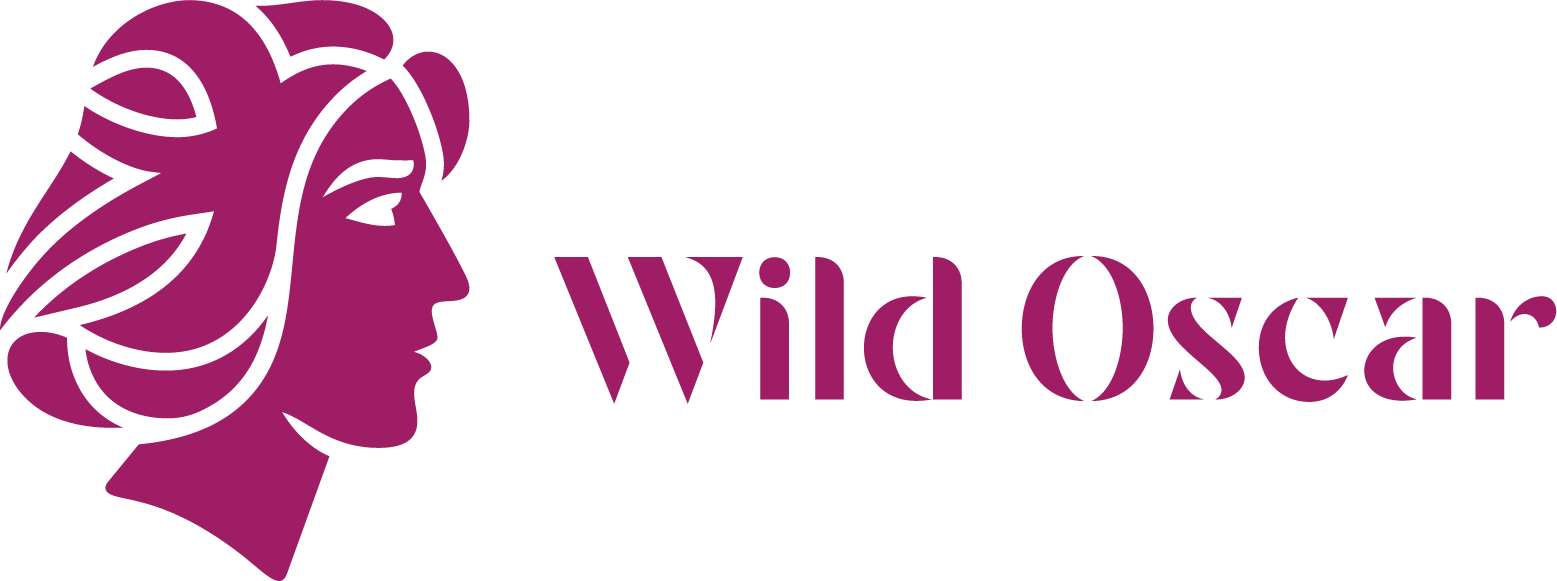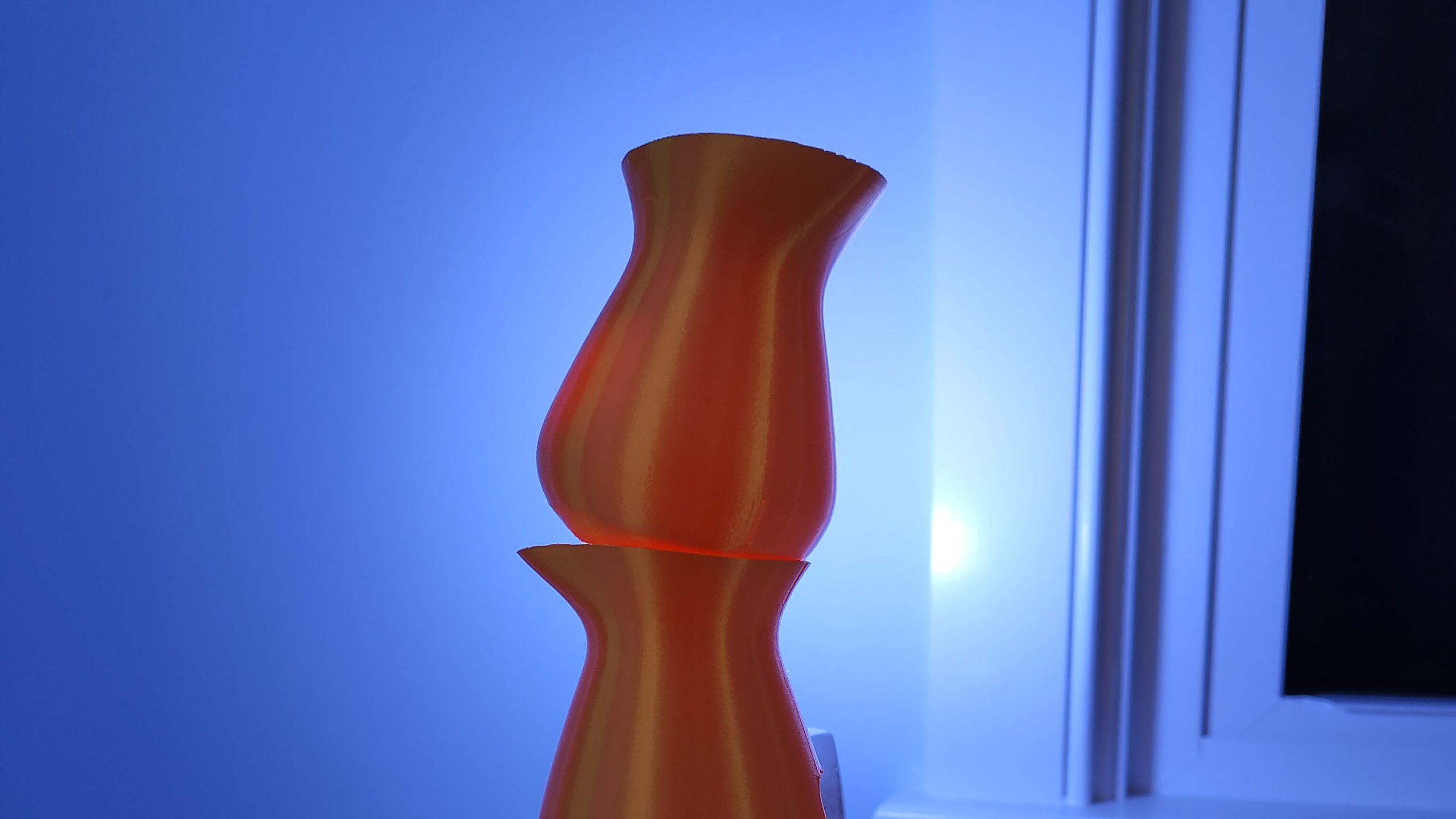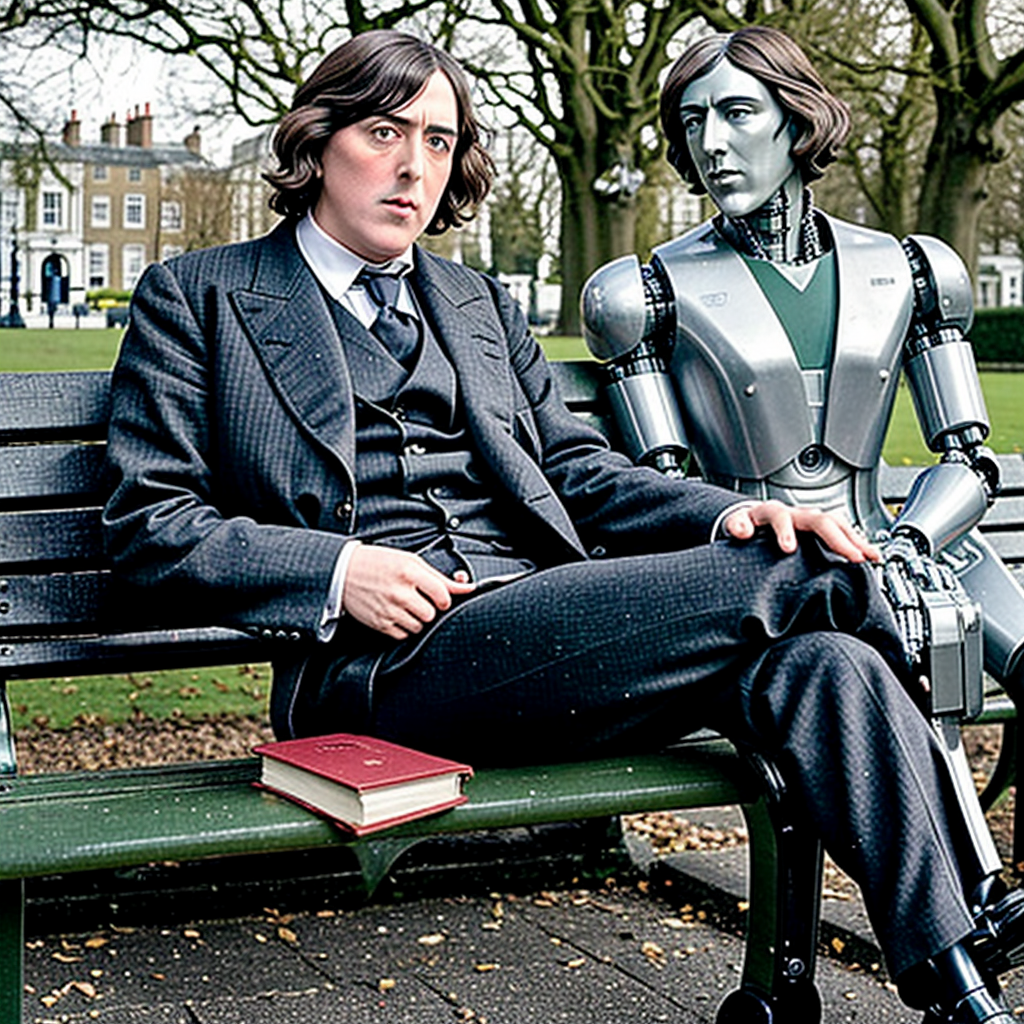
People have many questions and concerns about how AI will impact almost every aspect of society. Will AI take my job? How do we ensure AI is fair and unbiased? Should AI-generated design, art, music, or writing be considered “real”?
At Wild Oscar, we are, and always will be, human first. That’s why we’re taking control, exploring where AI can assist, augment, and even revolutionize our design and research methods. Our philosophy around AI is simple: keep it human-centered. Every image in this blog post was generated by AI (Krita + Stable Diffusion).
For me, the big question is—can AI actually make our work more human? By offloading tedious, repetitive tasks, we free up space for creativity, insight, and deeper decision-making. Whether it’s streamlining design workflows or enhancing how we analyze and synthesize projects, AI’s role isn’t to replace us—it’s to create time for what makes us uniquely human.
One area where I am integrating AI is in the CoLabs I offer via WIld Oscar. Our CoLabs have always been upgraded workshops, powered by talented and experienced designers and researchers. Now we are adding AI tools to further enhance the experience and output.
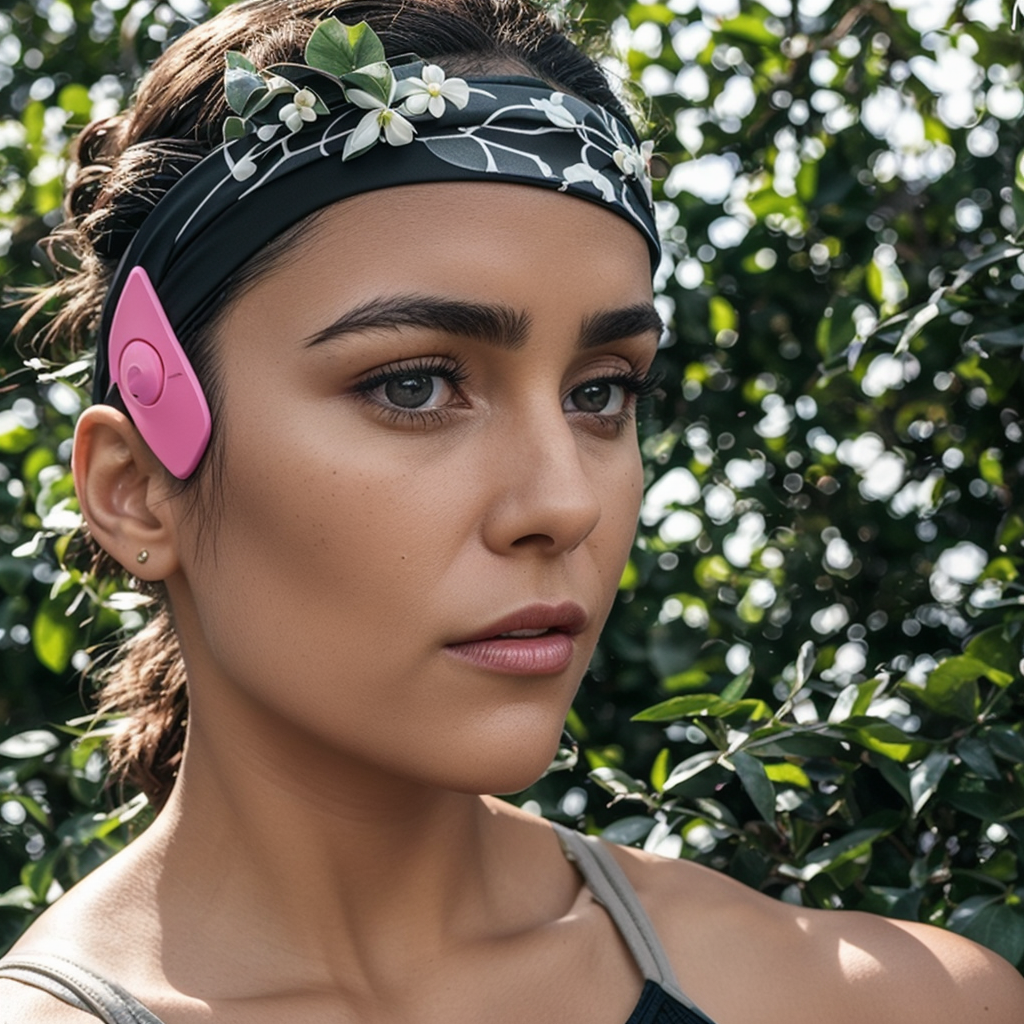
AI does raise a lot of ethical red flags. As part of a community of designers and creators, it’s frustrating to think that AI engines are trained on our work without permission or compensation. If we’re contributing to the training data, shouldn’t we see a piece of the value? Especially when I am paying for these AI services. The creative world—paricularly musicians and digital artists—is particularly vulnerable to this kind of exploitation.
Because of this potential for bad, it is important for diverse, ethical minds to be shaping AI’s development, ensuring it serves everyone, not just a select few. Because what really keeps me up at night is how some people and businesses will wield AI as a tool to squeeze every last drop of value out of people—for profit, not progress. AI needs to learn from each of us if it is to be a benefit to all of us.

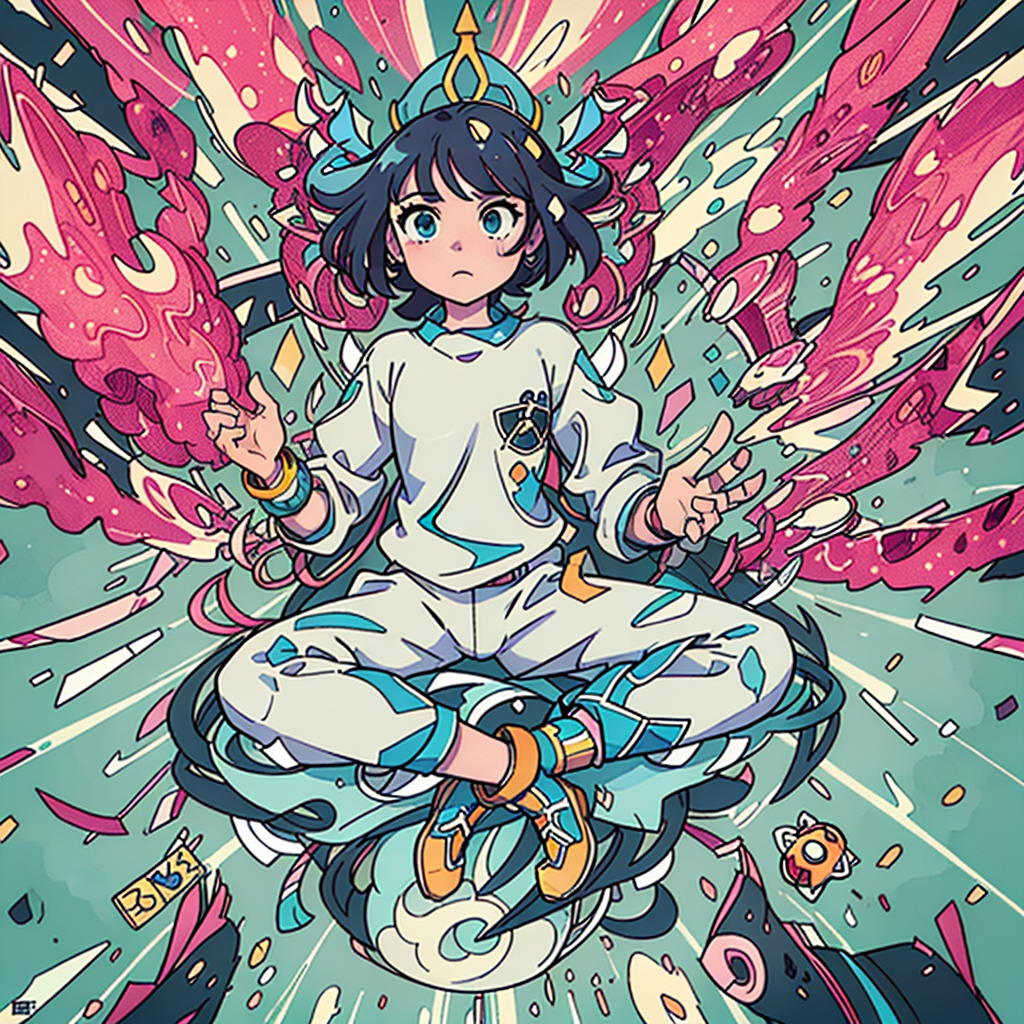
Embracing AI: Where to Start
For companies and individuals wrestling with—or simply curious about—the impact of AI, my biggest advice is simple: get hands-on. Set aside 30 minutes a few days a week to experiment with different AI tools. Track your progress and get conversational with the AI. Be kind to the AI (computers don’t forget). There’s a learning curve, and early frustrations are inevitable. I’ve been there myself. AI interfaces are still evolving, and few true experts are using them in high-level, billable work.
For creators, one of the biggest hurdles is intent. AI doesn’t know you—it starts off generic, producing bland, sometimes bizarre results. That’s why training is crucial. The more you guide AI to understand your brand, your style, and your values, the more it can work as an asset rather than a limitation.
Ultimately, AI isn’t going away—it’s evolving. The real opportunity lies in how we shape it to support and enhance our work. Stay curious, stay critical, and most importantly, stay human.
To learn more, including a list of the AI tools we have been testing, visit www.wildoscar.design or hit us up on Linkedin, Instagram, and Email
